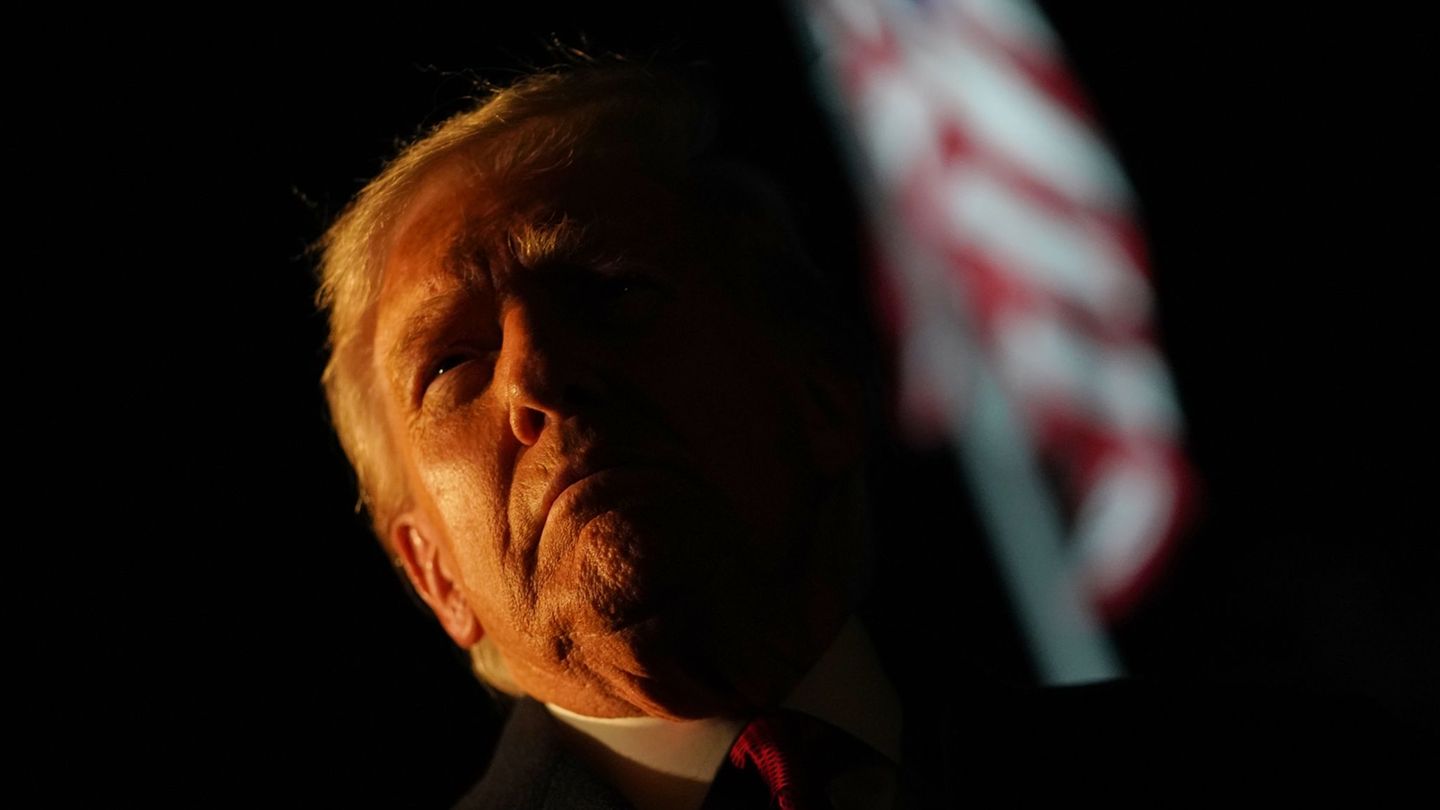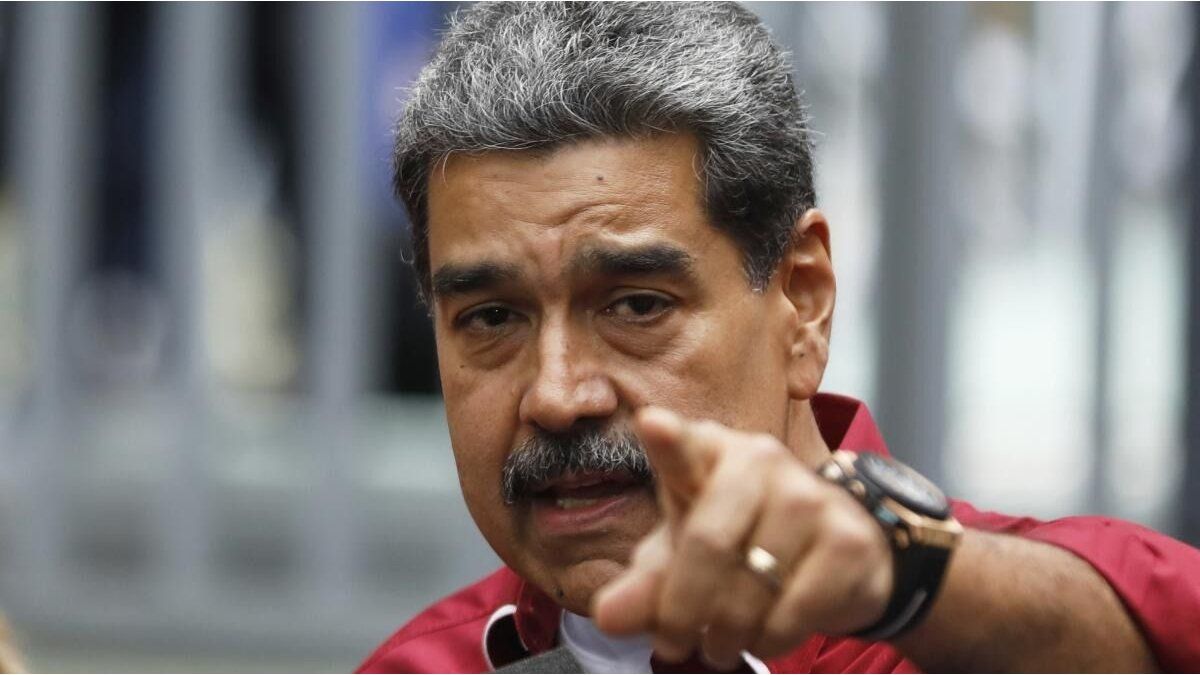A rarity in the world of banknotes is the 2 dollar banknote, which has been printed discontinuously since 1862. Despite the myth, the banknote is completely legal, and even circulates, although its value is higher for collectors. But particularly a 1976 run is special and has resale value.
The bill of 2 Dollars It has become a precious treasure, one of those difficult figurines that go for more and more as time goes by and still cannot be found.
This is the American bill that portrays on its reverse the declaration of independence of the United States and shows on its obverse the oldest design of legal tender graphics.
There is a misconception that the US$2 bill is no longer in circulationHowever, from the United States Treasury Department website it is listed as currently in progress.
image.png
This banknote, with a relatively low face value, is the one that is produced the least since only 1% of the total production corresponds to this denomination.
Its design, the oldest of the seven enumerations that exist today, was adopted in 1929 and shows on its reverse the painting “The Declaration of Independence” by John Trumbull.
Already strange in itself due to its unique characteristic features, it is also plagued by myths and legends that grow as they circulate among people.
How much does a 2 dollar bill sell for?
As for the price, estimate, it is around 15 at 400 dollars each copy. But collectors ask that it be in perfect condition.
Currently, on ecommerce platforms such as eBay or Mercado Libre you can find offers with shipping included, either from the United States or nationally.
Myths and truths about the 2 dollar bill
Two-dollar bills have been issued discontinuously since 1862 and their first order dates back to March of that same year, although the $2 denomination was suspended from 1966 to 1976.
Then, in 2003, as part of the celebration of the bicentennial of the United States, its broadcast resumed and in 2013 the most current series was launched.
The Declaration of Independence scene that appears on the back of the bill is not a perfect duplicate of John Trumbull’s painting, as five figures were removed to make the image fit the bill.
A bill commonly used in the United States as a marker for small stores to track shoplifting.
One of the myths that circulate is that the population associates the $2 bill with racetracks, since this is the minimum bet, or with nightclubs.
Another legend is that the price of admission to Thomas Jefferson’s house-museum is 13 dollars with the intention of encouraging exchange with 2 dollars.
In 2016, a girl was arrested for trying to pay for school lunch with a $2 bill, accused of having counterfeited the currency. After a police investigation she backed down from the case.
The crew of Apollo 15 in 1971 carried $2 bills and $20 bills in their pilot preference kits. This design is one of the 50 banknotes that were carried on the mission carried out with the Endeavor command module, in which Al Worden participated, and remained in orbit while Dave Scott and Jim Irwin also explored the lunar surface with these currencies on them.
The command module pilot, Al Worden, flew only this ticket into lunar orbit.
The life cycle of the 2 dollar bill
image.png

Before a Federal Reserve note enters circulation, it must go through four fundamental steps: design, order, production and issuance.
The 2 dollar bill acquired a symbolic value, thus making it a rarity due to the omnipresence of the 1 dollar bill.
According to the Fed report, in 2017 there were 12,000 million “one” compared to 1,200 million of the “two”, which makes it the scarcest of the entire currency scale.
Source: Ambito




